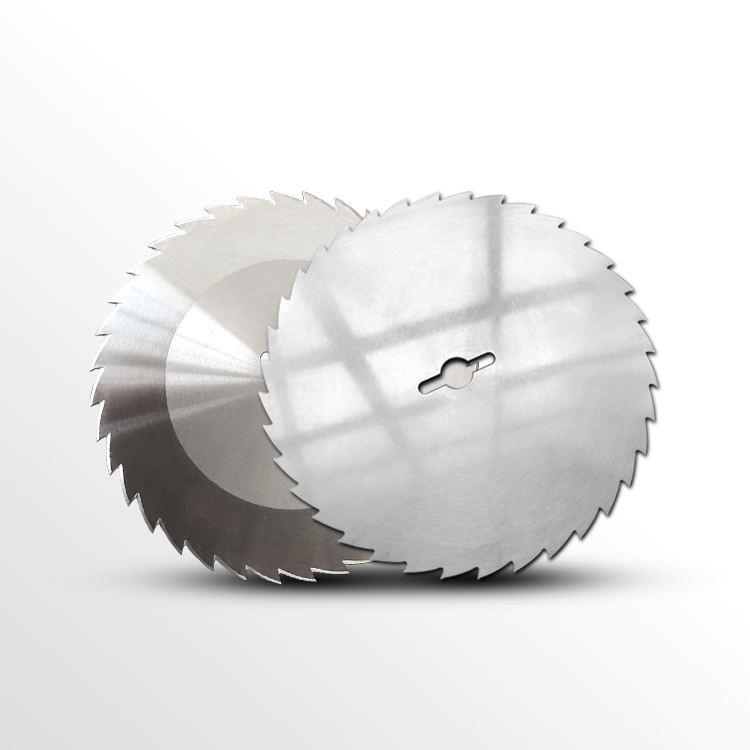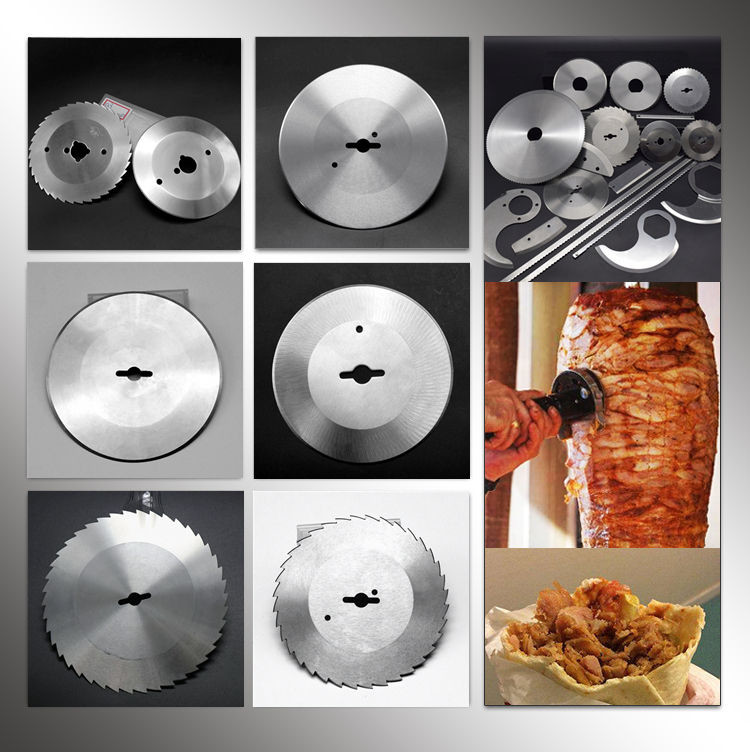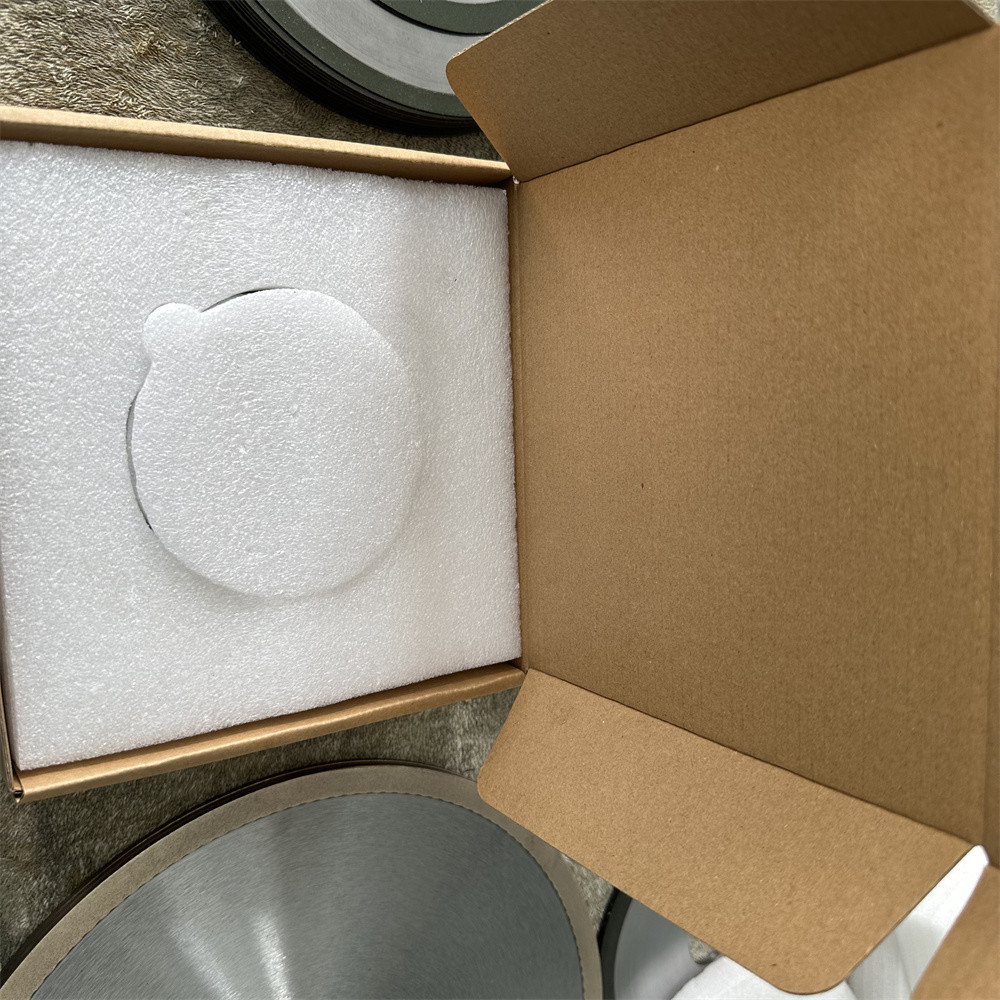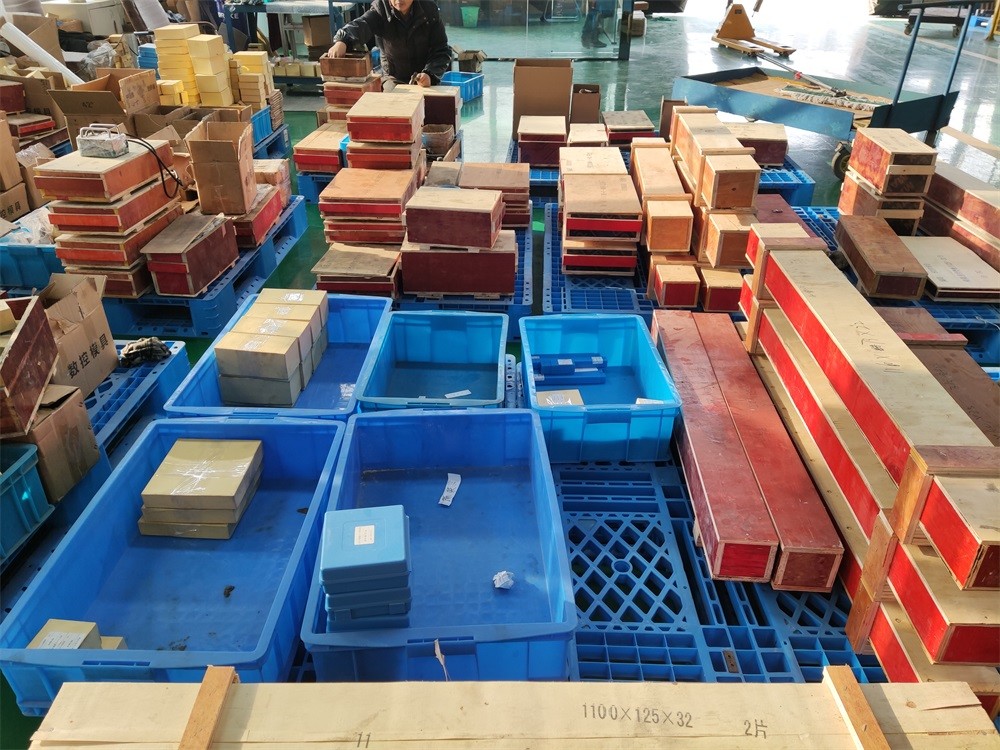| Sign In | Join Free | My frbiz.com |
|
| Sign In | Join Free | My frbiz.com |
|
| Categories | Meat Processing Blades |
|---|---|
| Brand Name: | Seton |
| Model Number: | 420/440 Stainless Steel |
| Certification: | CE ISO |
| Place of Origin: | China |
| MOQ: | MOQ 10 Pieces |
| Price: | Can be discussed |
| Payment Terms: | L/C, D/A, D/P, T/T, Western Union, MoneyGram |
| Supply Ability: | 500 Piece/Pieces per Day |
| Delivery Time: | 30days |
| Packaging Details: | 1pc/wrapper, 100pcs/box, 100boxes/ctn,Wooden and carbon boxes |
| Product Name: | 80mm 420/440 Stainless Steel Meat Slicer Blade |
| Material: | 420/440 Stainless Steel |
| Hardness: | HRC40-58 |
| Size: | 80mm |
| Thickness range: | 0.1mm-3mm |
| Precision: | ±0.02mm |
| Grade: | Food |
| Application: | Food Processing Industry |
| Company Info. |
| Jiangsu Seton Industrial Technology Co,.Ltd |
| Verified Supplier |
| View Contact Details |
| Product List |
80mm 420/440 Stainless Steel Meat Slicer Blade For Cutting Vegetables And Meat
Description:
When selecting stainless steel knives and tools for food processing applications, there are several key factors to consider to ensure optimal cutting performance:
Stainless Steel Grade:
Carbon Content:
Blade Geometry and Design:
Blade Maintenance:
Cleaning and Sanitation:
Ergonomics and Safety:
Food Processing Blade Specifications:
| Product Name | 80mm 420/440 Stainless Steel Meat Slicer Blade |
| Material | 420/440 Stainless Steel |
| Hardness | HRC40-58 |
| Size | 80mm |
| Thickness range | 0.1mm-3mm |
| Precision | ±0.02mm |
| Grade | Food |
| Application | Food Processing Industry |
Compared to the standard stainless steel used for food processing knives and tools, high-carbon stainless steel has improved edge-holding performance.
The key differences are:
Edge Retention:
Wear Resistance:
Corrosion Resistance:
Brittleness:
Picture:

Size:

Applications:

Food Processing Blades Package:



|